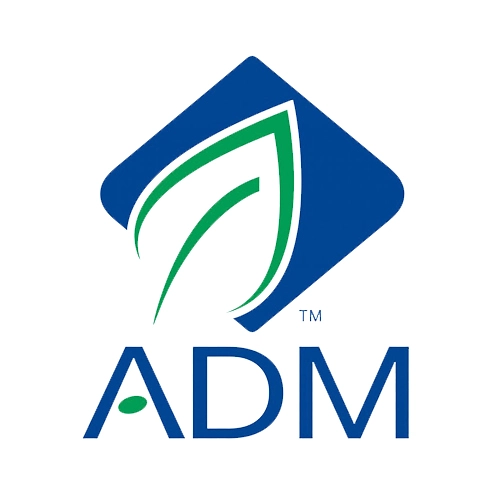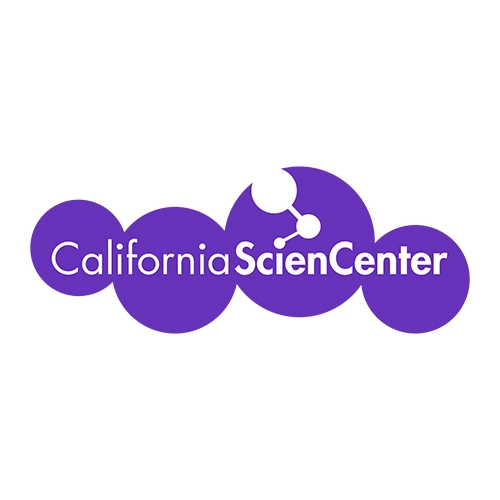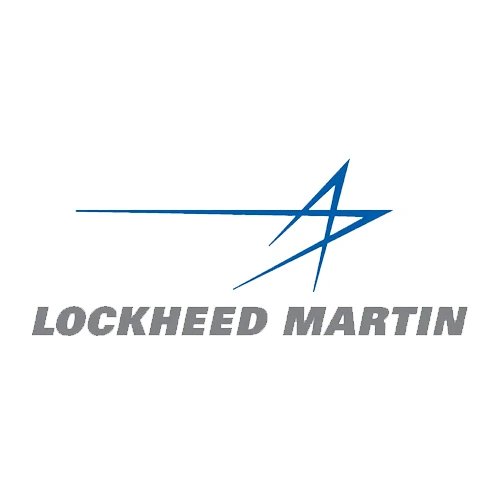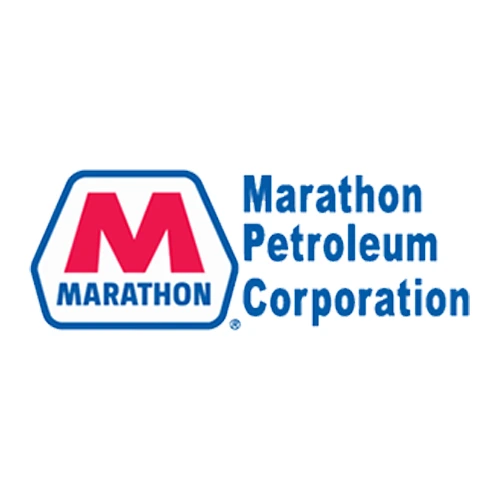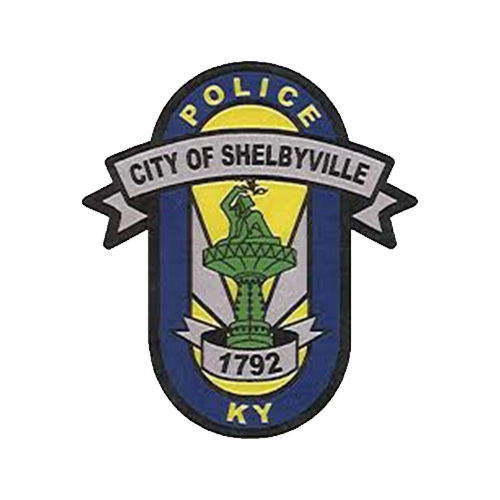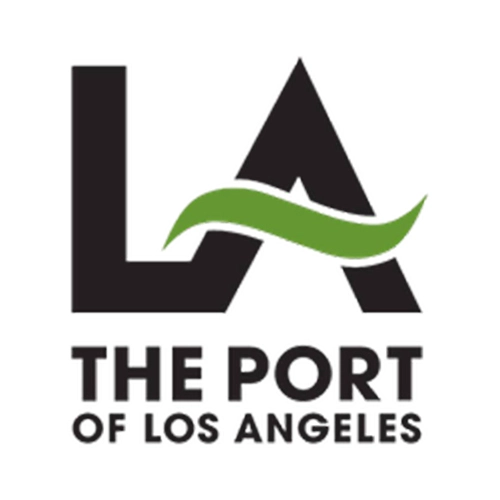
Boosting Road Safety with Radar Speed Signs: A Game-Changer for Traffic Management
In today’s fast-paced world, road safety has become a growing concern for motorists and local authorities. With the rise in traffic congestion and speed-related accidents, finding effective solutions to manage and minimize these risks is imperative. Radar speed signs can revolutionize traffic management and boost road safety.
Radar speed signs, or driver feedback signs, are innovative tools designed to alert drivers of their current speed and encourage them to modify their behavior accordingly. By utilizing advanced radar technology, these signs can accurately detect vehicle speed and display it to the driver in real time. This instant feedback is a powerful reminder, prompting drivers to adhere to the speed limits and exercise caution on the roads.
These radar speed signs have proven to be a game-changer in traffic management. Studies have shown that their implementation can significantly reduce speed-related accidents and improve road safety overall. Moreover, their effectiveness is not limited to urban areas but extends to rural roads and school zones as well.
With their ability to capture the attention of drivers and foster a culture of responsible driving, radar speed signs are undoubtedly a vital tool for traffic management. By investing in these innovative devices, we can make our roads safer and protect the lives of both drivers and pedestrians.
Importance of Road Safety
Road safety is a critical concern that affects every individual who uses the road, whether as a driver, passenger, cyclist, or pedestrian. The statistics surrounding road traffic accidents are alarming, with millions of lives lost and countless injuries occurring annually across the globe. Every accident is not merely a number; it represents a family affected, a community in mourning, and a ripple effect of grief and suffering. Therefore, prioritizing road safety is not just a matter of policy but a moral obligation to protect lives and promote well-being.
Furthermore, the importance of road safety extends beyond the immediate impact of accidents. It fosters a sense of community trust and responsibility, where individuals feel secure while commuting. Safe roads contribute to more vibrant local economies, as reliable transportation encourages business growth and tourism. In this way, investing in road safety measures can lead to broader social and economic benefits, creating a healthier and more prosperous environment for everyone.
In recent years, the focus on road safety has intensified, particularly with the growing concern over speeding and its consequences. Speeding remains a leading cause of serious accidents, as higher velocities reduce the time available for drivers to react to unexpected situations. This reality underscores the importance of employing effective tools and strategies, such as radar speed signs, to enhance traffic management and promote safer driving behaviors.
Common Road Safety Issues
Despite ongoing efforts to improve road safety, several common issues continue to pose significant threats to motorists and pedestrians alike. One of the most prevalent issues is speeding, which is often exacerbated by a lack of awareness among drivers regarding their current speed. Many drivers exceed speed limits unknowingly, leading to reduced reaction times and increased accident severity. This presents a compelling case for the implementation of solutions that provide real-time feedback to drivers, enabling them to adjust their speed accordingly.
Another critical road safety issue is distracted driving, which has become increasingly common with the rise of mobile technology. Drivers often find themselves preoccupied with their phones, GPS devices, or even conversations with passengers, diverting their attention from the road. This distraction greatly increases the risk of accidents, as it impairs a driver’s ability to respond quickly to changing road conditions. As such, educating drivers about the dangers of distraction and promoting focused driving habits are essential components of any comprehensive road safety strategy.
Additionally, poor road conditions can significantly impact safety. Potholes, inadequate signage, and poorly designed intersections can all contribute to accidents. Local authorities must prioritize regular road maintenance and improvement to ensure that infrastructure supports safe driving behaviors. By addressing these common road safety issues collectively, we can create a more secure environment for everyone who shares the road.
How Radar Speed Signs Work
Radar speed signs are sophisticated devices that utilize radar technology to monitor vehicle speeds as they approach. These signs are equipped with radar units that emit radio waves to detect the speed of approaching vehicles. When a vehicle passes by, the radar system calculates its speed and relays this information to the sign, which then displays the speed prominently to the driver. This immediate feedback serves as a powerful tool to encourage compliance with speed limits and can dramatically influence driving behavior.
Most radar speed signs feature bright LED displays that capture drivers’ attention, often flashing when speeds exceed the posted limit. This visual cue prompts drivers to slow down, reinforcing the importance of adherence to speed regulations. Some advanced models are even equipped with additional features, such as data logging capabilities that track traffic patterns, peak speeds, and time-of-day variations. Such data can provide invaluable insights for traffic management authorities, helping them make informed decisions regarding road safety initiatives.
Moreover, radar speed signs can be easily deployed in various locations, including school zones, residential areas, and high-accident sites, making them versatile tools for enhancing road safety. Their ability to function effectively in both urban and rural settings ensures that they can address diverse traffic challenges. As communities strive to foster safer driving environments, radar speed signs stand out as an innovative solution that bridges technology and traffic management.
Benefits of Radar Speed Signs
The implementation of radar speed signs comes with a myriad of benefits that significantly contribute to enhancing road safety. One of the most notable advantages is the reduction in speed-related accidents. Studies have demonstrated that areas equipped with radar speed signs experience a marked decrease in both average speeds and the frequency of collisions. By providing immediate feedback to drivers, these signs effectively encourage compliance with speed limits, ultimately resulting in safer roads for all.
In addition to accident reduction, radar speed signs also play an essential role in promoting safer driving behavior. As drivers become more aware of their speed, they are more likely to modify their behavior and adhere to regulations. This change not only fosters a culture of responsible driving but also positively impacts pedestrian safety, particularly in high-traffic areas such as school zones. When drivers are mindful of their speed, they contribute to a safer environment for children and other vulnerable road users.
Furthermore, radar speed signs can enhance community engagement in road safety initiatives. When local authorities invest in visible traffic management tools, it demonstrates a commitment to protecting residents and fostering safer neighborhoods. This proactive approach often encourages community members to take an active role in promoting safety, whether through advocacy or participation in local safety programs. By creating a collaborative effort between authorities and residents, radar speed signs catalyze broader road safety initiatives, ultimately leading to a more conscientious driving culture.
Case Studies of Successful Radar Speed Sign Implementations
Numerous case studies highlight the successful implementation of radar speed signs and their positive impact on road safety. One notable example comes from a suburban community that faced significant challenges with speeding in residential areas. After installing radar speed signs at various locations, the local authorities reported a staggering 30% reduction in average speeds. Furthermore, the number of speeding violations dropped dramatically, demonstrating the effectiveness of these signs in encouraging compliance.
Another compelling case study involves a school district that prioritized student safety in high-traffic areas. By strategically placing radar speed signs near school zones, the district observed a marked improvement in driver behavior during school hours. The signs not only reduced vehicle speeds but also increased awareness among parents and guardians, who began to take extra precautions when dropping off or picking up children. This initiative fostered a culture of safety within the community, ultimately contributing to a safer environment for students.
Additionally, rural areas have also benefited from radar speed sign installations. In one rural town known for its winding roads and limited visibility, the introduction of radar speed signs led to a significant decrease in accidents. The townspeople reported feeling more secure while driving, as the signs acted as constant reminders to slow down. This case underscores the versatility of radar speed signs, demonstrating that they can effectively enhance safety in both urban and rural settings, addressing the unique challenges faced by each environment.
Tips for Effective Use of Radar Speed Signs
To maximize the effectiveness of radar speed signs, it is essential to consider strategic placement and operational strategies. First and foremost, signs should be installed in locations with a history of speeding or accidents, particularly near schools, residential areas, and busy intersections. Conducting thorough traffic studies can help determine the most critical locations for installation, ensuring that the signs reach drivers who need them most.
Moreover, regular maintenance and updates are crucial to maintaining the visibility and functionality of radar speed signs. Authorities should ensure that the signs are clean, properly illuminated, and in good working condition. Additionally, rotating the signs among different locations can help sustain their impact, as drivers may become desensitized to static signs over time. By periodically changing the installation sites, authorities can re-engage the driving public and reinforce safe driving practices.
Community engagement is another vital aspect of effectively utilizing radar speed signs. Authorities should consider involving residents in road safety discussions, encouraging feedback on signage locations, and sharing data on traffic patterns and safety improvements. By fostering a collaborative atmosphere, communities can collectively work towards enhancing road safety and ensuring that radar speed signs contribute positively to their environment.
Cost Considerations for Radar Speed Signs
While radar speed signs offer numerous benefits, local authorities and communities need to consider the associated costs before implementation. The initial investment includes the purchase of the signs, installation, and any necessary infrastructure improvements. Prices can vary based on features such as display size, data logging capabilities, and solar power options. Authorities should conduct a cost-benefit analysis to assess the potential return on investment in terms of reduced accidents and enhanced safety.
Ongoing maintenance is another factor to consider. Radar speed signs require regular upkeep to ensure their functionality and visibility. This includes routine inspections, cleaning, and potential repairs. Local authorities need to allocate budgetary resources for these maintenance tasks to maximize the long-term effectiveness of the signs. Additionally, engaging with community members about ongoing costs and maintenance can foster transparency and support for the initiative.
Lastly, exploring funding options can help alleviate some financial burdens associated with radar speed sign installations. Local governments may seek grants or partnerships with organizations focused on road safety and community welfare. Collaborating with local businesses or non-profits can also provide additional resources, making it easier to allocate funds toward implementing effective traffic management solutions like radar speed signs.
Future Developments in Radar Speed Sign Technology
As technology continues to advance, the future of radar speed signs looks promising. Innovations in smart traffic management systems are on the rise, with radar speed signs becoming integrated into a broader network of intelligent transportation solutions. This integration allows for real-time data sharing, enabling traffic management centers to monitor traffic patterns and respond to congestion or accidents more effectively.
Moreover, the development of connected vehicles presents new opportunities for radar speed signs. As vehicles become increasingly equipped with advanced driver-assistance systems, there is potential for these systems to communicate with radar speed signs. This could lead to automatic adjustments in vehicle speed based on real-time data from the signs, creating a safer driving experience. Such advancements could revolutionize how drivers interact with traffic management tools, making compliance with speed limits even more seamless.
Additionally, the advent of solar-powered and energy-efficient radar speed signs is paving the way for environmentally friendly solutions. With the ability to harness renewable energy, these signs can be installed in remote areas without access to electrical infrastructure. This development not only enhances the accessibility of radar speed signs but also aligns with broader sustainability goals, making road safety efforts environmentally responsible.

Conclusion
Radar speed signs represent a significant advancement in traffic management and road safety. Their ability to provide real-time feedback to drivers has proven effective in reducing speeding and, consequently, accidents. By encouraging responsible driving behaviors, these signs foster a culture of safety that benefits all road users, including pedestrians and cyclists.
As communities continue to face the challenges of traffic congestion and speed-related incidents, investing in radar speed signs emerges as a viable solution. The case studies and success stories highlight their potential to transform road safety in diverse environments, from urban centers to rural landscapes. By prioritizing the implementation of such effective tools, we can create safer roads that protect lives and promote well-being.
Looking ahead, future developments in radar speed sign technology promise even greater enhancements in traffic management. As we embrace innovative solutions and foster community engagement, we can work together to ensure that our roads are not only safer but also more efficient. Ultimately, radar speed signs are more than just traffic management tools; they are a crucial step toward a future where road safety is prioritized, and the lives of all road users are safeguarded.







